
Pratik Maroo
Head of healthcare and life sciences
Healthcare isn’t just about the right pill but also about the right communication and the right experience. As human beings, we constantly make decisions based on our lifestyle, our socio-economic background, our mindset, key life milestones and personal goals. yet these data sources are often siloed when we engage with healthcare-as-a-service. Take this example, we land up at a clinic and a prescription is handed out based on our symptoms and diagnosis; this experience fails to consider a holistic view of our conditions and our circumstances, and delivers solutions that are generic, impersonal and sometimes, ineffective in the long run. Even when we are given a structure for cultivating habits that promise to improve our health, we give in to our impulses because we often act from a place of emotional sensitivity.
Excellent patient care considers emotional motivations and underlying symptoms and disorders as much as the prognosis in order to deliver connected, compassionate and comprehensive care.
The emotional curve of the patient journey
When we think about patient experience, we consider their entire universe – one that includes their caregivers, family and friends. Delivering customer delight in patient care is about communicating credibly and connecting across the patient journey; this begins right from setting up an app to book an appointment to visiting the doctor, following up on test results, scheduling follow ups and proactive after care protocols.
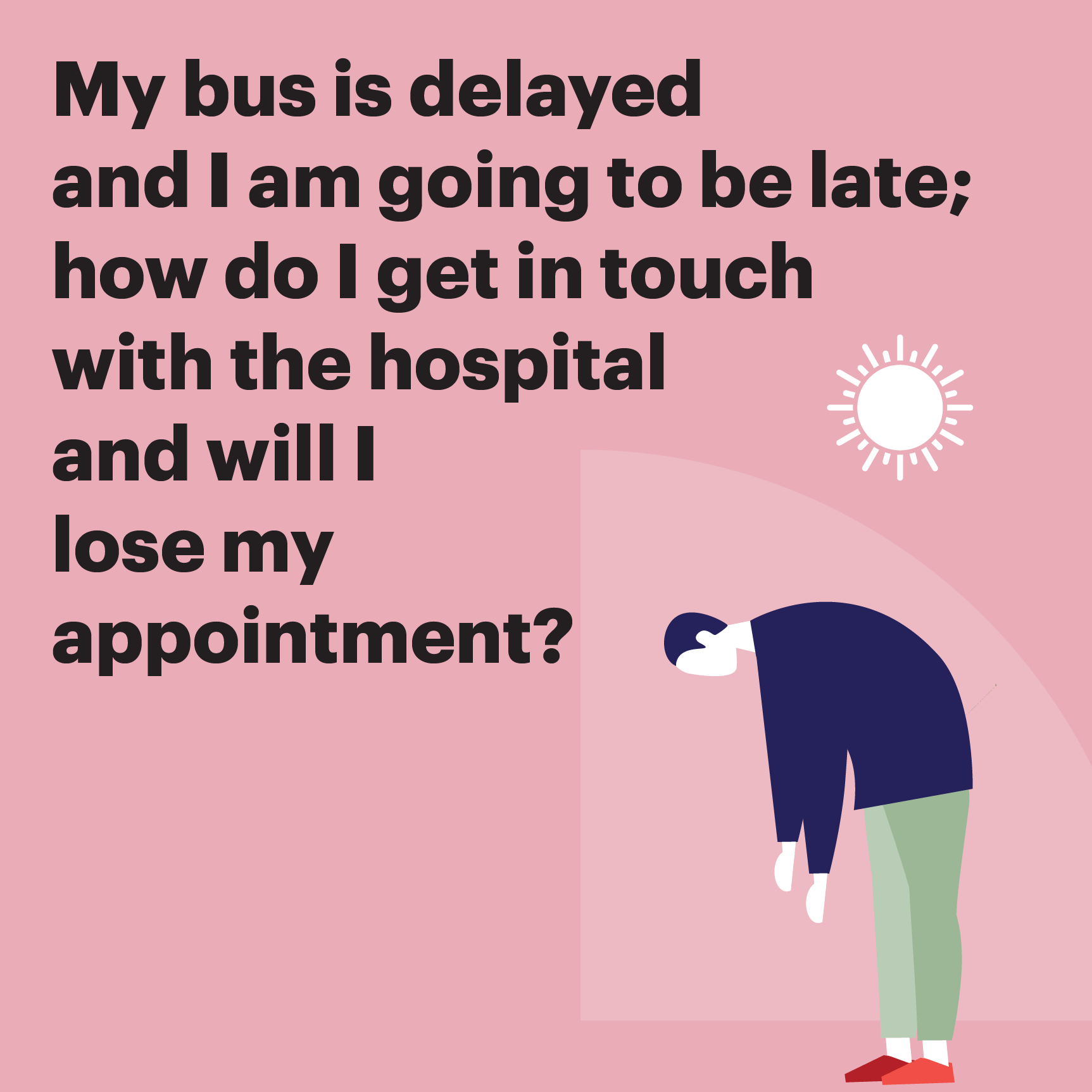

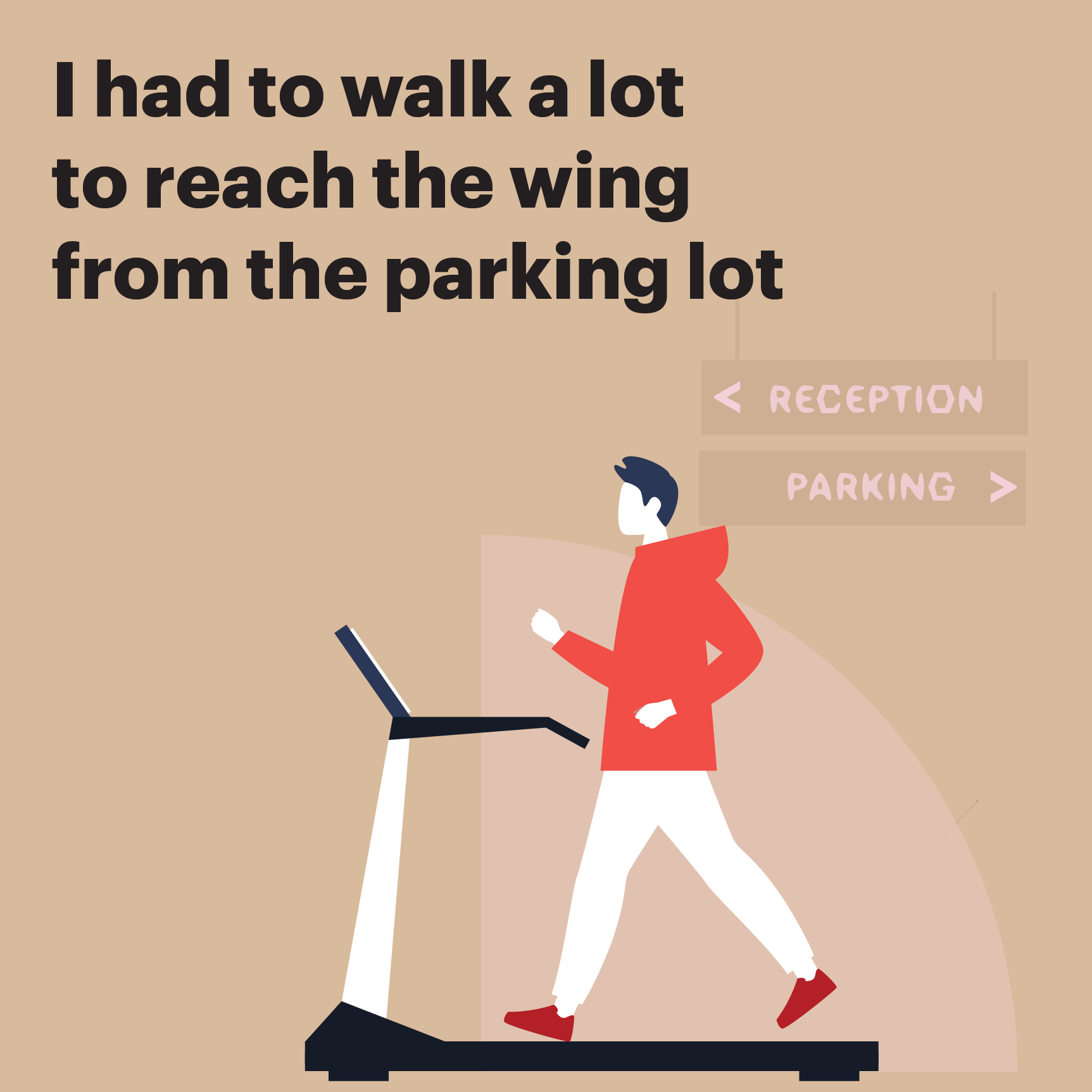
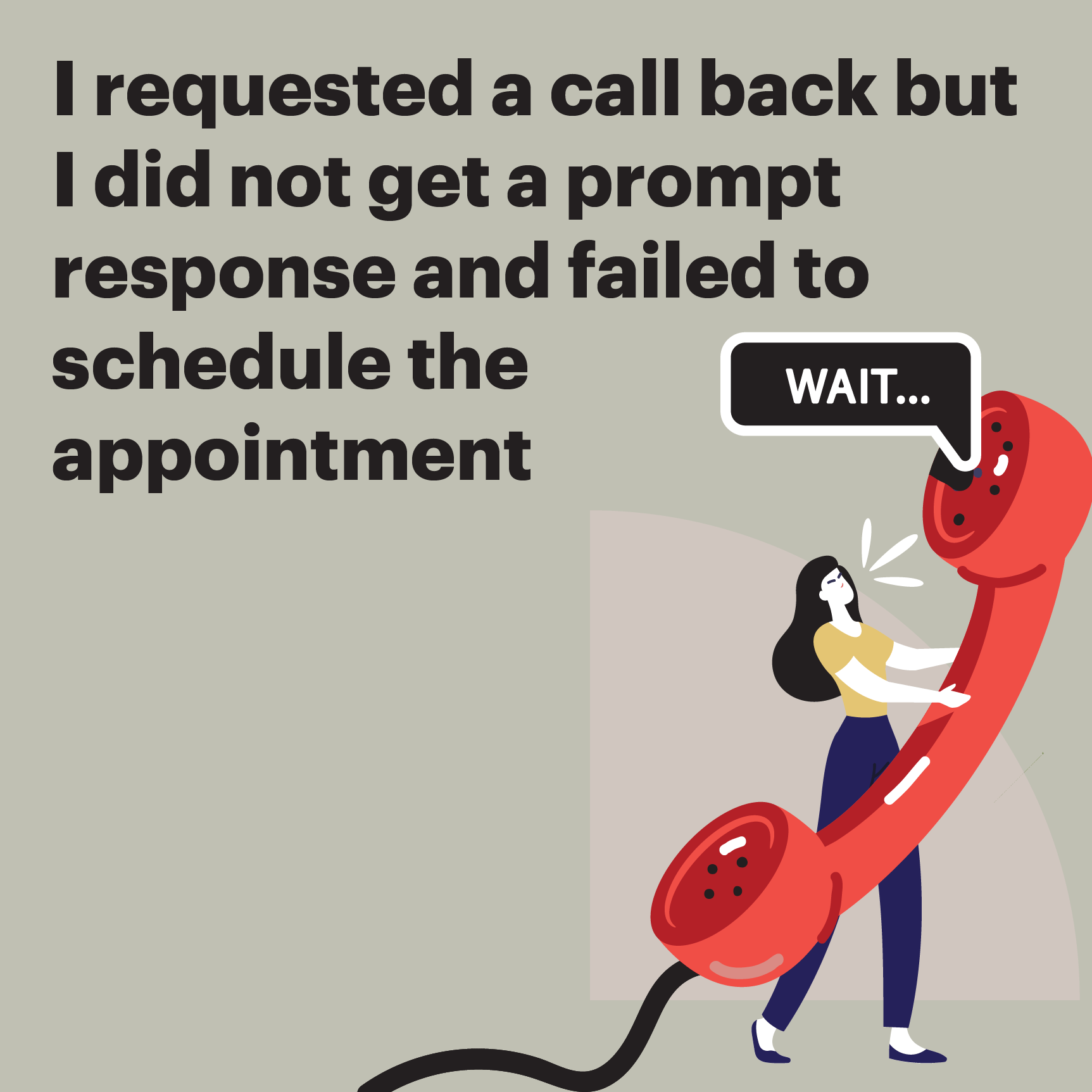
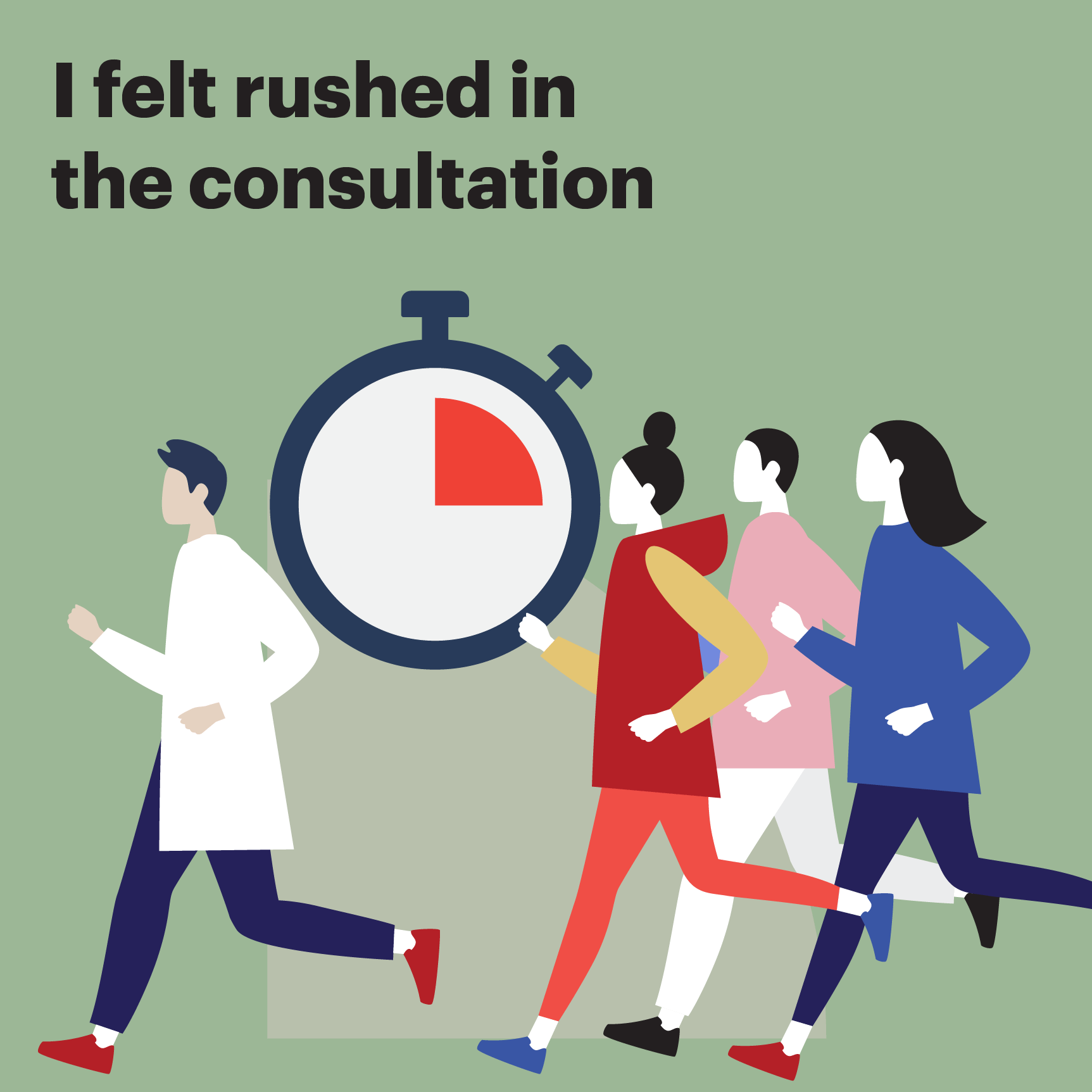



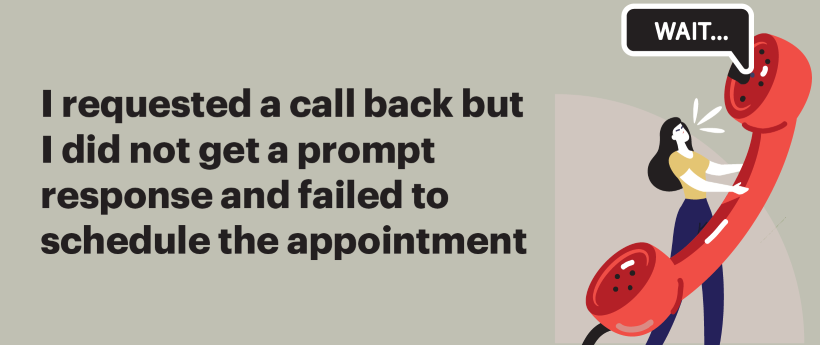
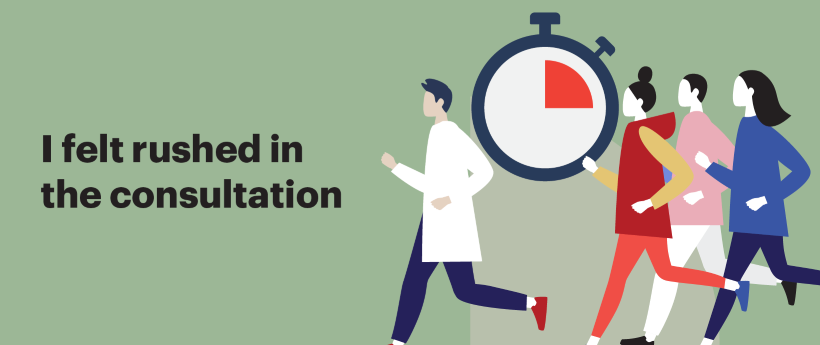
Examples of emotional experiences patients might go through
Today, getting the patient experience right is even harder than ever. Organizations must level with unprecedented tech advancements and user expectations whilst addressing budgets and burnout. We've been creating exceptional human experiences for our clients in healthcare and life sciences – embracing modern design, reducing wasteful expenses, improving patient outcomes and delivering data-driven personalized care.
How did we end up with output-based healthcare?
In order to do better and to close the loop in patient experience, it’s important to understand how we got here. As the pipeline of blockbuster drugs became off-patent and generics entered the market, large companies could not drive success through products alone. They were compelled to evolve their selling model to capture value both with and for customers, shifting focus from sales-to-service. This put the spotlight on patient-centricity, i.e. equipping people with the right information versus having more on-ground representatives, selling to physicians or healthcare trusts, and generating more prescriptions.
However, here are a couple of challenges that emerged:

In order to embrace the sales-to-service approach, companies focused on systems, applications and processes, sending reminders and notifications based on diagnosis and the potential for effectiveness got mired in a maelstrom of adoption challenges.

Patients also used multiple channels to access information, it wasn’t limited to one single website or application. If equipping patients with the right information was the goal to inspire self-directed actions, mixed messages across different platforms created more confusion and paralysis over delivering clear, precise health education.
Challenges with technology-led transformations in healthcare
Even when companies managed to bring people on to a given app, the cost of retaining people became too expensive; as soon as investments dropped, people pulled out. Over time, this impacted engagement negatively and far too much was lost in terms of time, money, resources and energy. With that said, the reason why digital transformation initiatives can fail is often complex, but our approach is tailored to the contexts our clients find themselves in. When thinking about these problems we begin with, “How do you make better use of what you have invested in?” For example, to understand why an organization is hemorrhaging money, we delve into the experience of patients and healthcare workers and unravel where they are struggling and evaluate potential for improvement.
Provider-led processes impact patient experience
Moreover, our assumptions are often not on the ground realities. For instance, recently we discovered that an expectation that going online to book a doctor’s appointment should be more efficient and convenient versus calling the surgery (it involved making a phone call early in the morning at a specified time, with the possibility of a long hold and no guarantee of getting an appointment) was not the case in some locations in the UK. The quality of the online booking process available across the country was so varied that depending on where you lived you could be asked anything between 5 to 25 questions; more for those with complex medical needs, just to get a time to see the doctor. This, at a time when missed appointments was costing the healthcare provider upwards of 600,000 pounds every month, adding strain on limited financial resources. Read more about this case study and how universal healthcare starts at the point of entry here.
Reframing healthcare: from output to outcomes
So, now we’ve explored the state of play let’s expand on what outcome-based healthcare is and explore some of the benefits of it:

From volume to value-based care:
Traditionally, healthcare systems operated on a volume-based model, where the emphasis is on the quantity of services provided. Outcomes focus on the value of care provided, emphasising quality and effectiveness rather than the volume of services.

From reactive to proactive care:
In a process-focused model, care is often reactive, addressing health issues as they arise. An outcomes-focused approach, by contrast, is more proactive, emphasising preventive care, early interventions, and managing chronic conditions to improve long-term health.

From generalized to personalized treatment:
The traditional model tends to apply one-size-fits-all treatment protocols. Shifting to an outcome focus promotes personalised or precision medicine, where treatments are tailored to individual needs and characteristics.

From fragmented to integrated care:
The process-focused model often results in fragmented care, with little coordination among different healthcare providers. An outcomes-based approach seeks integrated care, ensuring that all aspects of a patient's health are considered and managed properly.

From siloed to data driven decisions:
In the traditional model, decision-making can be siloed, and not always informed by data. The move to outcome focuses on leveraging data analytics and shared information to make holistic decisions.

From provider centric to patient centric models:
Traditional healthcare systems are often centred around convenience and processes of the provider. Shifting to an outcomes-based model places the patient at the centre of care, focusing on their individual needs, experiences, and health outcomes.
When it comes to building the right capabilities and the right culture that can deliver the contextual, connected and personalized experience, it takes a commitment to unlearning. Major healthcare firms are legacy players and they typically struggle with risk averse mentality, output focused performance metrics, siloed structures and a plethora of functions and processes, which impede experimentation. In our next blog, we will address how we frame a challenge, drive continuous value, evaluate customer research and connect design with delivery.









